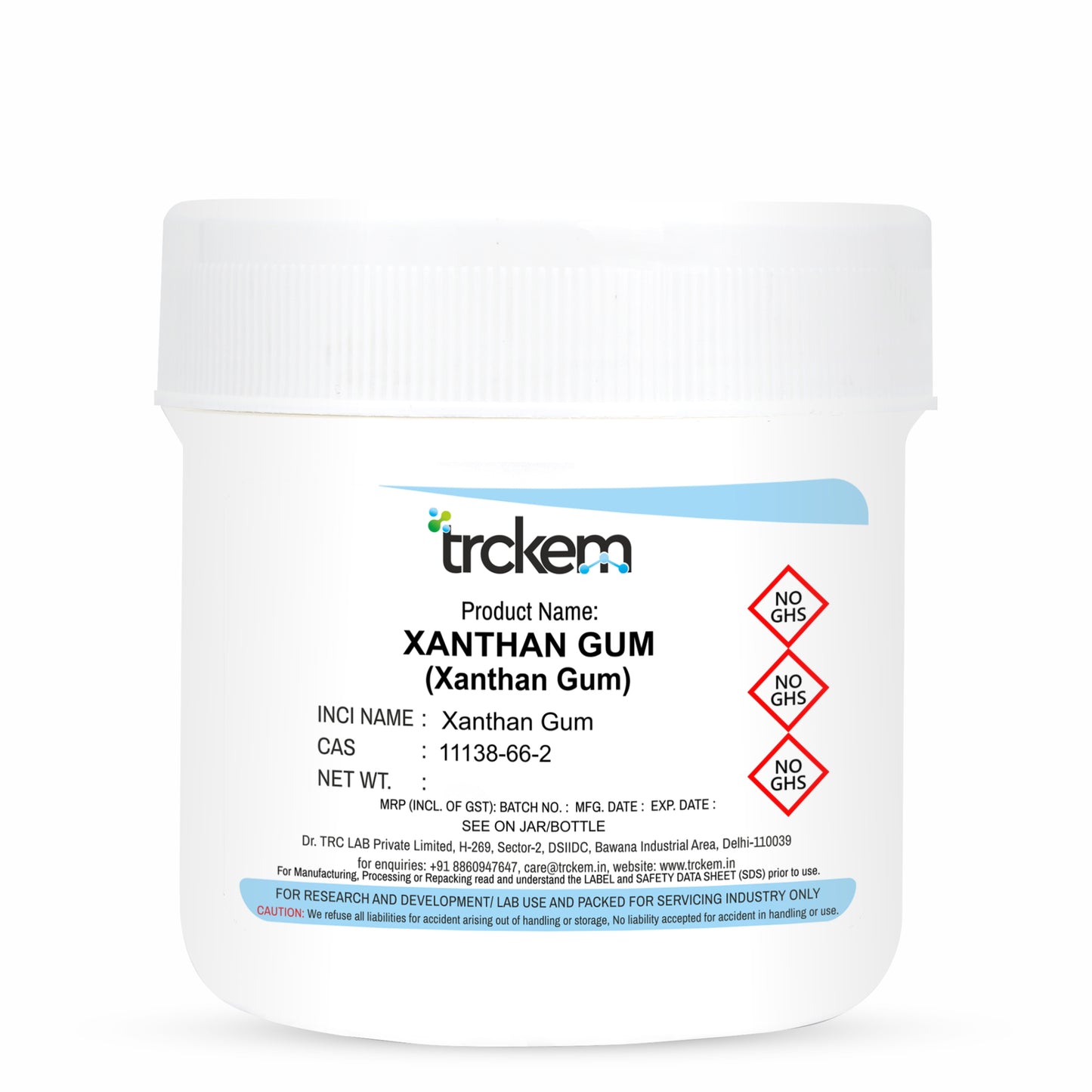
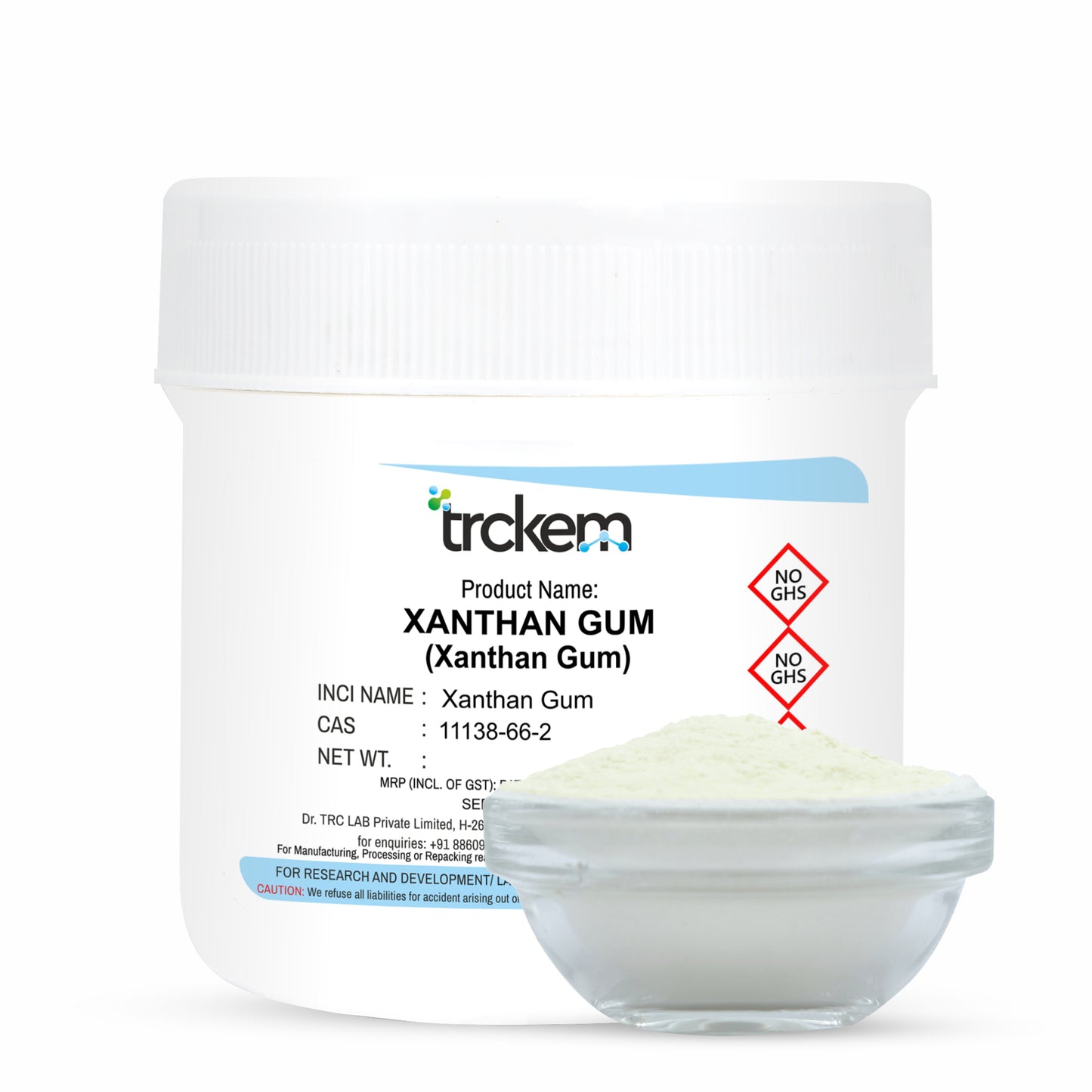
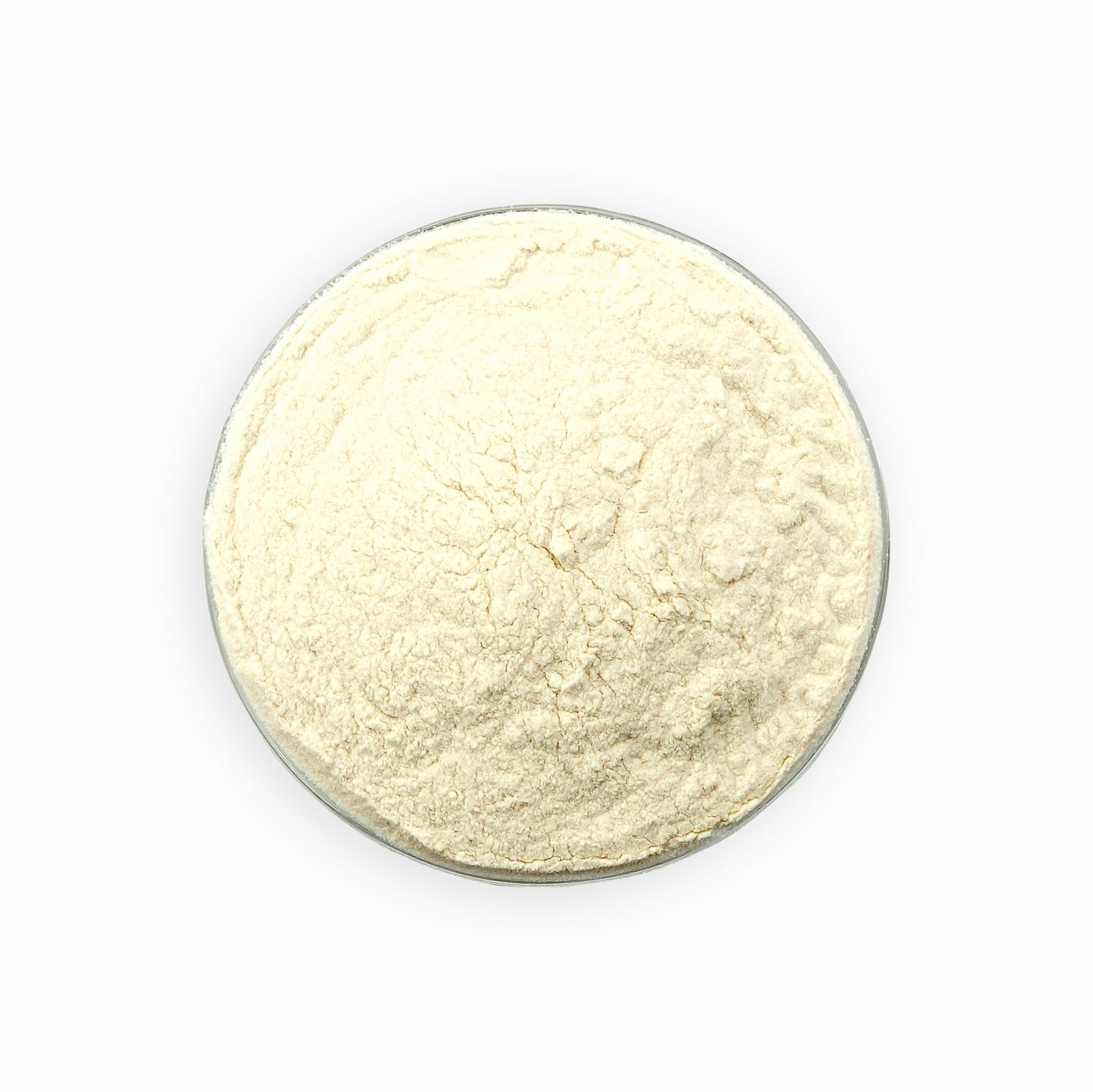
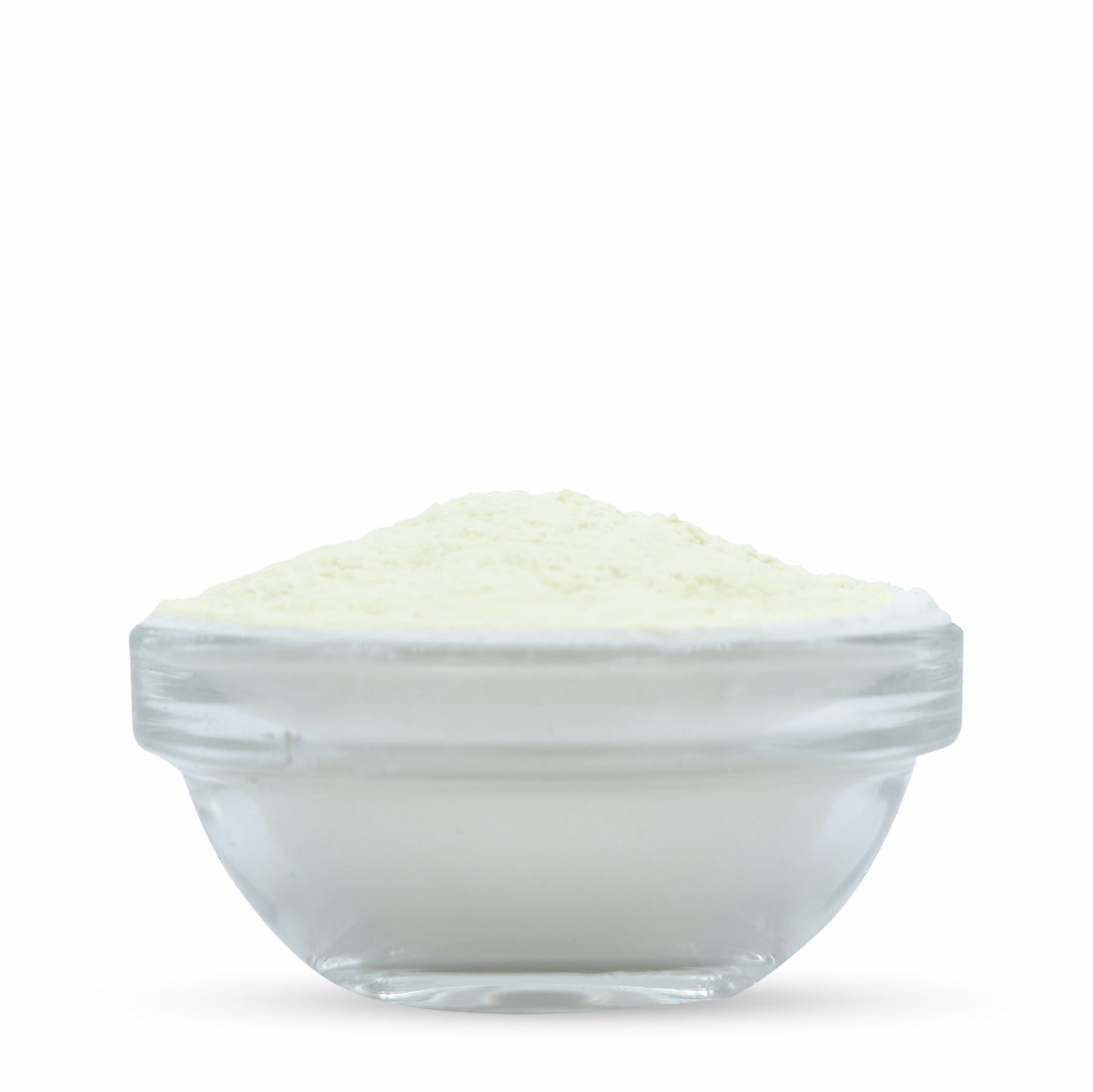
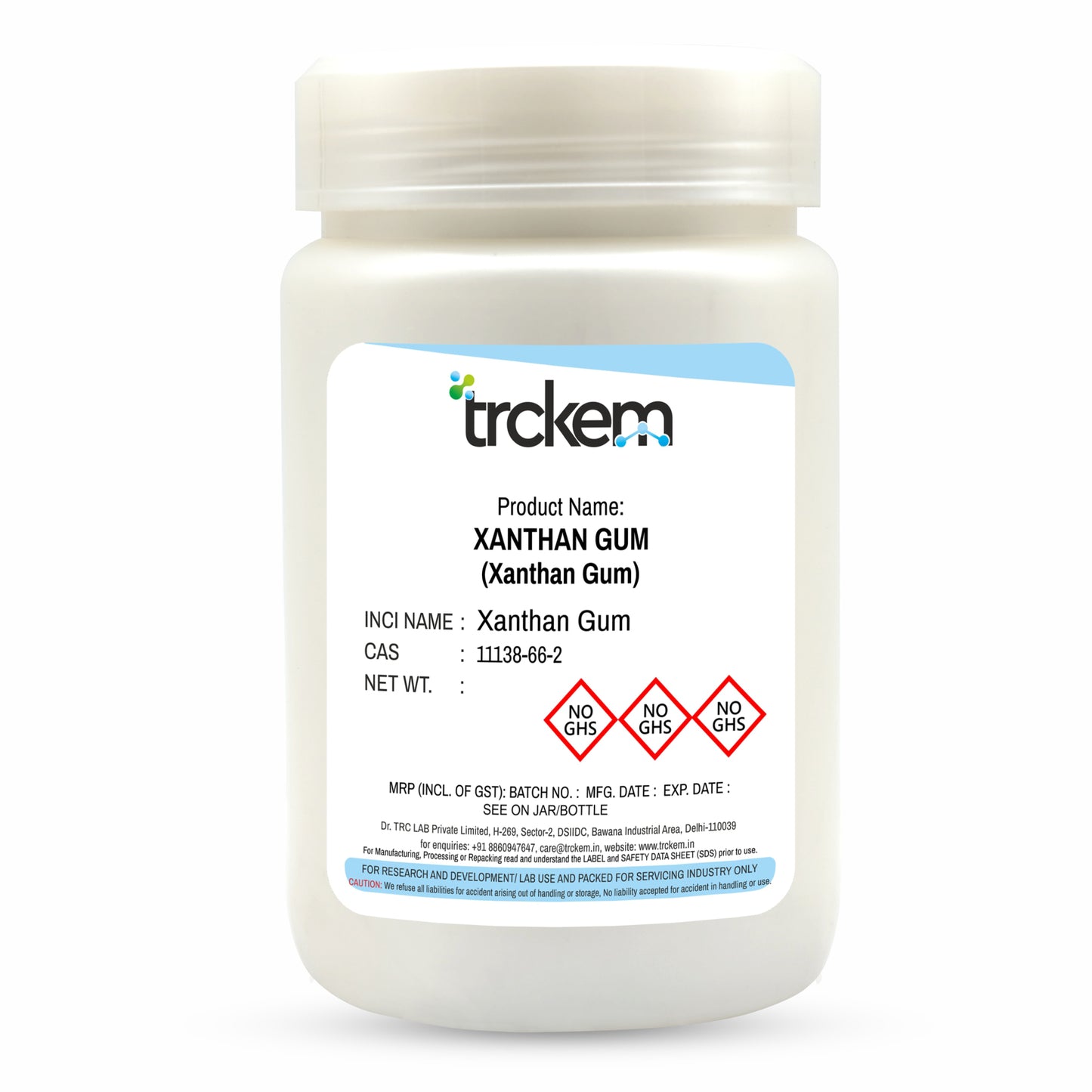
(FAQ) FREQUENTLY ASKED QUESTION
1. What is Xanthan Gum?
Xanthan Gum is a high molecular‑weight, anionic polysaccharide derived from the fermentation of glucose or sucrose by the bacterium Xanthomonas campestris. It appears as an off‑white, water‑soluble powder used to thicken, stabilize, and control viscosity in formulations.
2. What are the CAS Number and INCI Name of Xanthan Gum?
CAS Number: 11138‑66‑2
INCI Name: Xanthan Gum
3. What benefits does Xanthan Gum offer in personal care products?
Thickening & Viscosity Control: Delivers high viscosity even at low concentrations (~0.1–1%) and exhibits shear‑thinning behavior for smooth application
Emulsion Stabilization: Prevents ingredient separation in oil‑in‑water systems over various pH and temperature ranges
Moisture Retention & Film Formation: Forms a film that helps lock in hydration
Texture Enhancer: Imparts silky, uniform feel to gels, creams, shampoos, and masks
4. In which personal care products is Xanthan Gum commonly used?
Skincare: Creams, lotions, serums, face masks
Haircare: Shampoos, conditioners, gels
Cleansers & Gels: Body washes, shower gels, toothpaste formulations
5. Is Xanthan Gum safe for use in personal care products?
Yes. It's non‑toxic, non‑irritating, and considered non‑comedogenic. Approved by FDA, EFSA (as E415), and CIR, with widespread use across food and cosmetics. Only rare allergenic reactions may occur from pollen‑derived residues.
6. Can Xanthan Gum cause skin irritation?
Generally, no. It's tolerated by all skin types, including sensitive and acne‑prone skin. However, those with severe corn, wheat, soy, or dairy allergies should verify the source due to potential residue.
7. Is Xanthan Gum environmentally friendly?
Yes. It’s plant‑based, biodegradable, and renewable. Sourced via fermentation and widely accepted in natural/certified products.
8. What are alternatives to Xanthan Gum?
Natural gums: Guar gum, acacia gum
Cellulosic thickeners: Hydroxyethyl cellulose, methylcellulose
9. What typical usage levels are recommended?
Use between 0.1–1%, commonly 0.1–0.5% in emulsions and gels.
10. How should Xanthan Gum be stored and handled?
Keep in a cool, dry place, in airtight containers. Avoid inhalation of the fine powder during handling.






